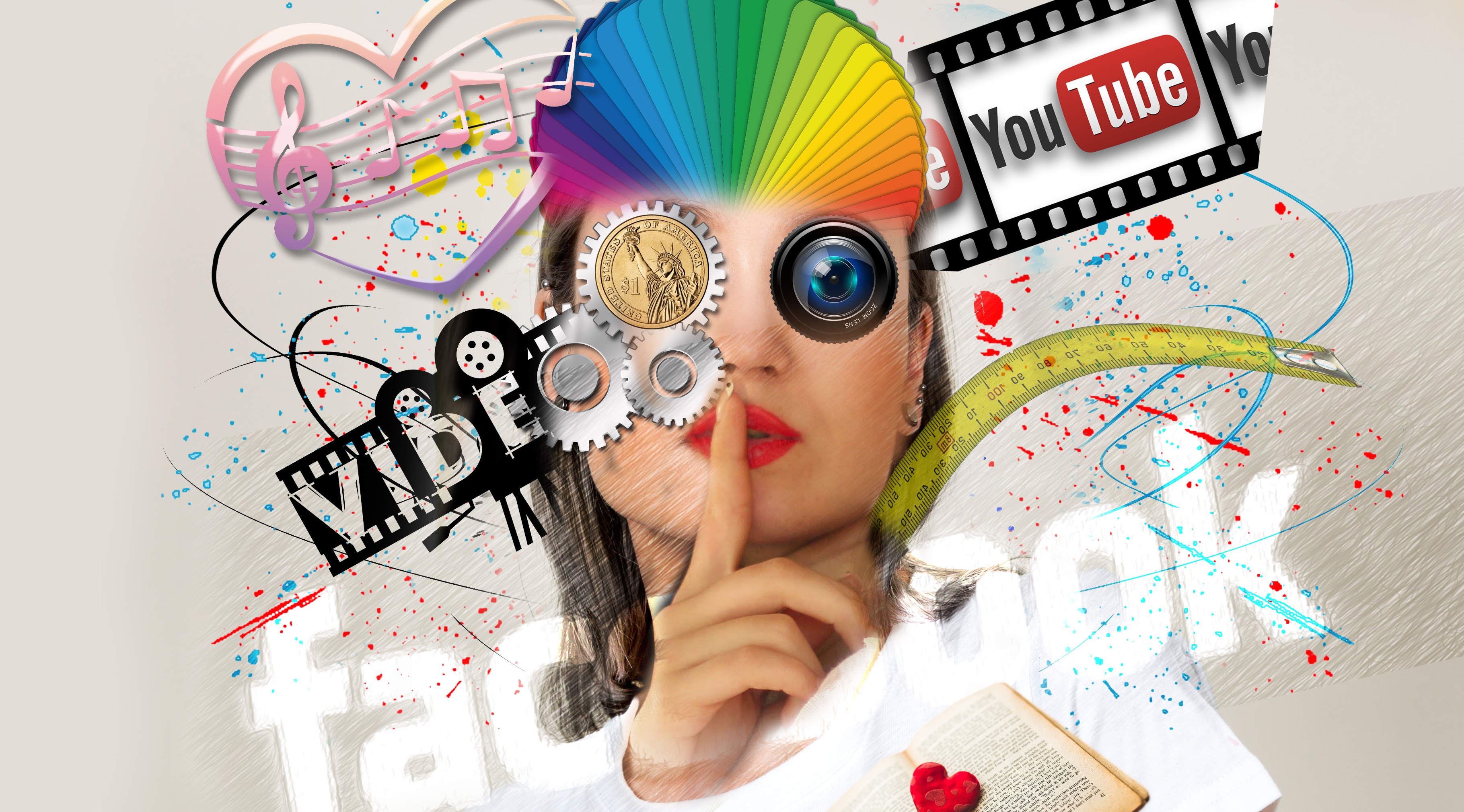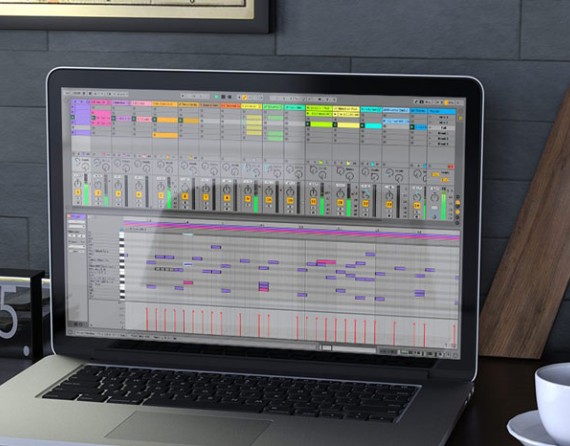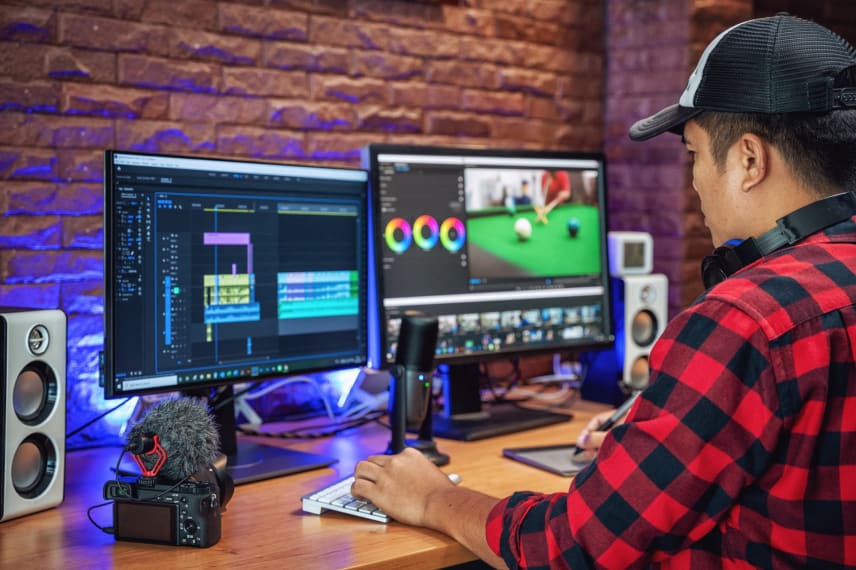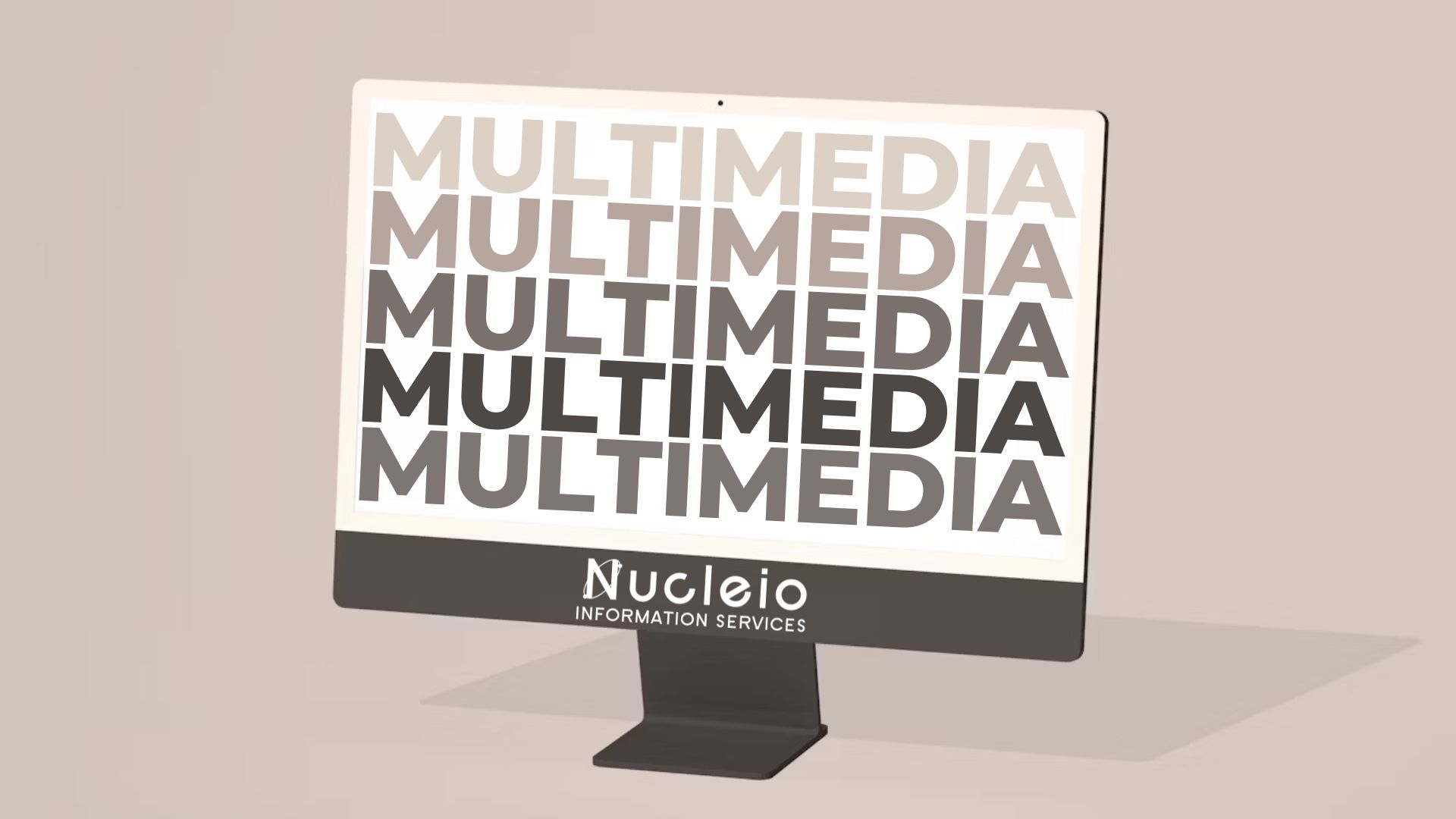The term multimedia combines the words “multi” and “media.” The prefix “multi” means “many.” This serves as a medium that facilitates the easy transfer of information from one place to another.
It involves presenting text, images, audio, and video along with links and tools that enable users to interact, participate, create, and communicate through a computer. This encompasses the computer-aided integration of text, illustrations, videos, graphics, sound, animation, and other forms of media, allowing for the digital expression, storage, communication, and processing of all kinds of information.
To use multimedia, a computer is necessary to manage and display content, and to facilitate user interaction. Additionally, there must be links between different types of information, and tools to help navigate through this connected data.
Multimedia is utilized in several fields such as education, training, and business.
Forms of Multimedia
These categories can combine in different ways to create immersive and engaging experiences in various fields such as education, entertainment, and communication.
- Text: Text encompasses written content such as letters, words, sentences, and paragraphs. Authors use a range of written formats like articles, books, reports, and captions to convey information and provide context for other elements.

- Images: Images include visual content such as photos, illustrations, and drawings. Designers utilize different types of graphical representations to enhance the visual appeal and understanding of multimedia projects. Images help convey emotions, tell stories, and complement textual content.

- Audio: Audio includes sound elements like music, voices, and sound effects. Producers add depth and emotion to projects by using audio to set the mood and provide auditory cues. They can also include voiceovers for narration or explanations.

- Video: Video consists of moving visual content such as films, TV shows, online videos, and animations. Creators capture and convey stories, experiences, and information in a dynamic and engaging way, making video a powerful tool for education and entertainment.

- Animation: Animation uses moving graphics, cartoons, and special effects to create visual content. Animators bring characters and concepts to life, making complex ideas more accessible and engaging, particularly in educational and entertaining contexts.

Fields that benefit from Multimedia
In each of these fields, this offers new opportunities to enhance communication, boost engagement, and improve learning and understanding.
- Education: Educators integrate multimedia into interactive lessons, combining text, images, audio, and video. This approach aids students in grasping complex concepts and keeps them engaged in the learning process.
- Training and Professional Development: Companies implement multimedia in training materials that include instructional videos, interactive modules, and simulations. This method helps employees acquire skills and knowledge efficiently.
- Entertainment: The entertainment industry incorporates multimedia to produce movies, TV shows, video games, and online content. Combining visual and audio elements captivates audiences and delivers immersive experiences.
- Marketing and Advertising: Marketers create advertising campaigns using multimedia, such as video ads, interactive content, and engaging social media posts. These techniques capture customers’ attention and convey brand messages effectively.
- Journalism and Media: Journalists present news stories using multimedia, combining text, images, videos, and audio clips. This format provides audiences with a comprehensive view of events and issues.
- Art and Design: Artists and designers employ multimedia to create innovative and engaging works that go beyond traditional forms of art and design. Artists blend text, images, audio, video, and interactivity to create unique digital art, virtual reality experiences, and multimedia installations.
- Science and Research: Scientists and researchers use multimedia to present data through visualizations, simulations, and interactive models. This helps communicate complex findings and engages audiences in scientific topics.
Using multimedia brings creativity and interactivity to areas like education, entertainment, art, and more. By mixing text, images, audio, video, and interactive elements, you can discover new ways to teach, learn, and entertain. Multimedia adds dynamism, engagement, and enjoyment to every project, providing countless opportunities to captivate audiences and bring ideas to life. Dive in and enjoy the colorful world of multimedia!
Reference: https://www.vedantu.com/computer-science/multimedia

